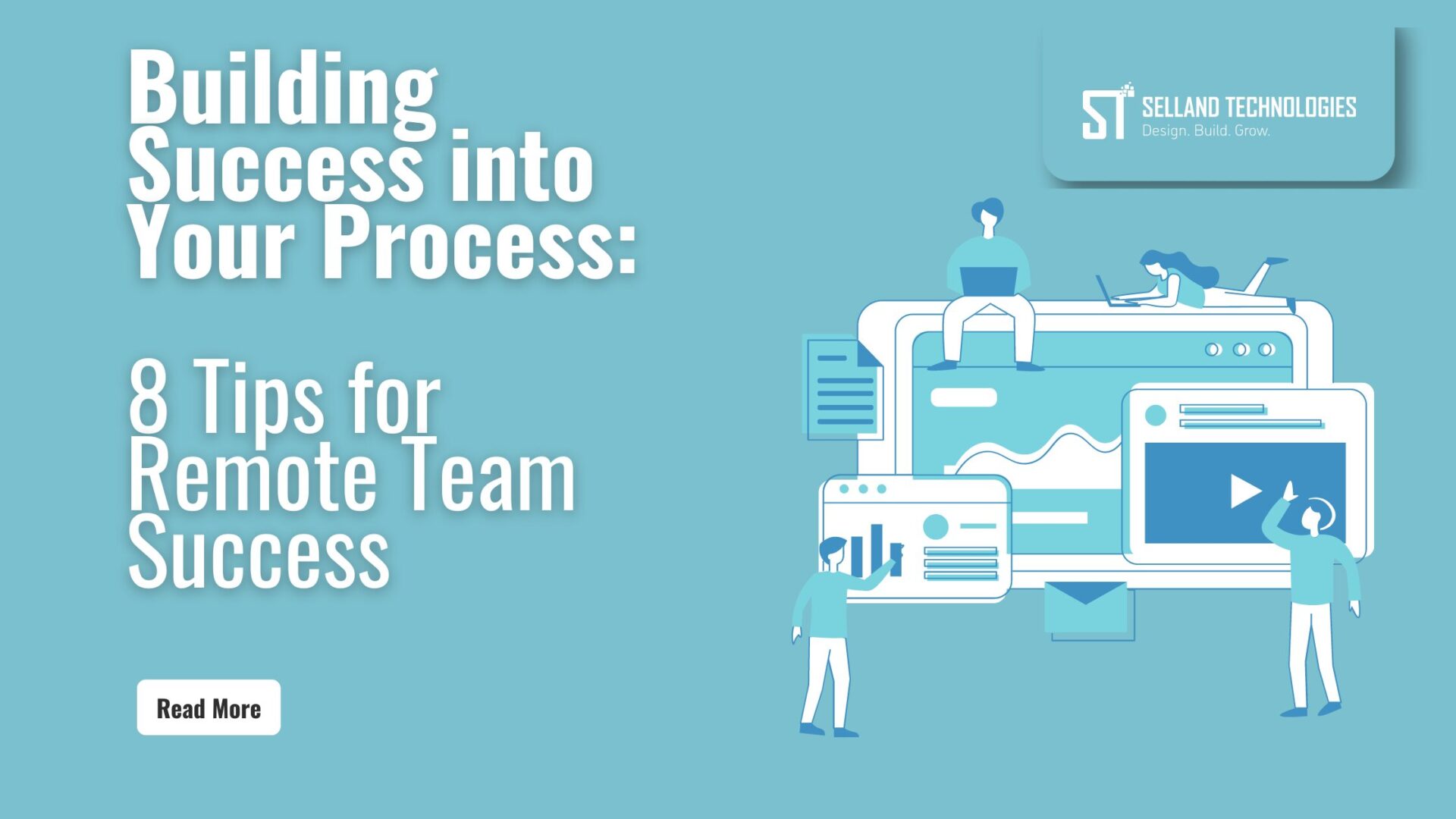Staying ahead of the curve with the latest 2024 top trending SEO content is crucial for businesses in the marine sector to maintain visibility and attract customers.
Like every healthy industry, the marine sector is consistently evolving with new trends, legislation, and the overall market climate. Your digital marketing strategy must not only adapt to these continual advancements but also anticipate and meet these trends before the industry demands them.
Why You Should Incorporate These Top Trends for your Marine Business:
Boost Your Visibility:
Stay ahead of competitors by being more visible in search results.
Enhance User Experience:
Provide a better, more engaging experience for your audience.
Increase Local Traffic:
Attract more local customers who are ready to engage with your business.
Build Customer Loyalty:
Show your commitment to sustainability and personalized service.
Drive More Sales:
Convert more visitors into paying customers with effective SEO strategies.
Here are the top 5 marine SEO content trends for 2024 to incorporate into your online marketing strategy:
1. Voice Search Optimization
Voice search is rapidly gaining popularity, with more people using voice-activated devices to find information. To optimize for voice search:
- Focus on natural language and long-tail keywords.
- Incorporate question-based phrases and answers.
- Optimize for local searches, as many voice queries are location-specific.
Example: Instead of just using “marine engines,” use “where can I buy the best marine engines near me?”
2. Video Content Dominance
Video content continues to dominate as a preferred content type. It’s engaging and helps to convey complex information effectively. To leverage video for SEO:
- Create high-quality, informative videos related to marine products and services.
- Optimize video titles, descriptions, and tags with relevant keywords.
- Use transcripts to improve searchability.
Example: A video tutorial on “how to maintain a marine engine” can be highly effective.
3. Local SEO and Geo-Targeting
For marine businesses, attracting local customers is often essential. Enhance your local SEO by:
- Ensuring your business is listed on Google My Business with accurate details.
- Collecting and responding to customer reviews.
- Using local keywords in your content.
Example: “Top-rated marina services in [Your City]” is a good keyword phrase to target.
4. Content Personalization and Interactive Content
Personalized and interactive content can significantly boost engagement for your business. This includes:
- Personalized recommendations based on user behavior.
- Interactive tools like calculators, quizzes, and maps.
- Tailoring content to specific customer segments.
Example: An interactive map showing popular boating routes in your area.
5. Sustainability and Green Practices
Sustainability is becoming increasingly important to consumers. Highlighting your business’ green practices can improve your brand image and attract eco-conscious customers. To optimize for this trend:
- Create content around your sustainable practices and products.
- Use keywords related to sustainability and eco-friendliness.
- Promote green initiatives through blog posts, social media, and videos.
Example: A blog post titled “How Our Eco-Friendly Marine Products Help Protect the Oceans.”
Need more?
Talk to our marine marketing experts to ensure your online content is optimized to make the most of the 2024 search engine trends ⬇️⬇️

Stay up to date with the Marine Sector’s top 2024 SEO content trends by working with Niche-Industry marketing experts from Selland Technologies.
Design. Build. Grow

